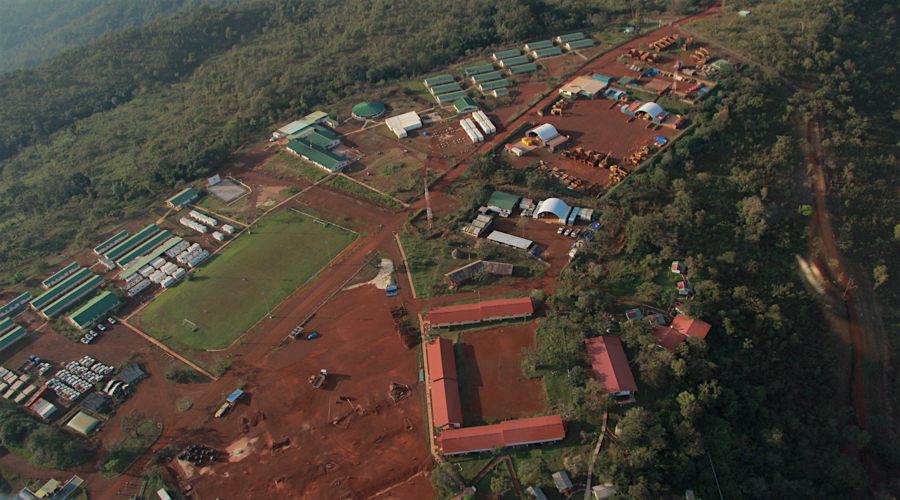
In May 2014, the Guinea government and Rio Tinto (LON:RIO) and its partners – China’s Chalco together with the World Bank – inked a landmark $20 billion deal for the southern section of the Simandou iron deposit in Guinea.
The agreement called for a new 650km railway across the West African country to Conakry, Guinea’s capital in the north, plus a new deep water port at a conservatively estimated cost of $7 billion; infrastructure investments that would double the economy of the impoverished country.
Two years later Rio, the world’s number two producer of iron ore, delivered a bankable feasibility study on the project. Then, last month, the Anglo-Australian giant pulled the plug, saying that “in the current environment” it does “not see a way forward.”
The current environment referenced is characterized by global oversupply and moderating demand for the steelmaking raw material. Not that these negative fundamentals have stopped the iron ore price from surging 41.5% this year, scaling $60 a tonne this week for the first time in three months.
While devastating news for Guinea, that Simandou, which by itself would’ve been the world’s fifth-largest producer at 95 million tonnes per year, was not going ahead caused a spike in the iron ore price. And it’s in the longer term that the shelving would have most impact.
Simandou had the potential to lower long-term prices for iron ore by $5 per tonne
Rio acquired the rights for the vast mountain deposit more than 15 years ago and has already spent more than $3 billion on the project. Simandou with over two billion tonnes of reserves and some of the highest grades for direct-shipping-ore in the industry (66% – 68% Fe which attracts premium pricing) has a back-of-the-envelope calculation value of more than $120 billion at today’s prices.
It’s also one of the most easily exploitable iron ore fields outside of Australia’s Pilbara region and top producer Vale’s Brazilian home base. London-based metals and mining researcher CRU calculated a cash cost of $20 a tonne for a Simandou mine.
“The discount rate required by investors to compensate for the risk involved would result in the project having the potential to destroy substantial value”
Adrian Doyle, senior iron ore consultant for CRU based in Sydney, in a new note points out that CRU’s analysis indicated that Simandou had the potential to lower long-term prices for iron ore by $5 per tonne.
But, says Doyle, despite the project’s excellent economics at mine level and the undeniable quality of the resource base, the overall costs of the project come into question on account of two, related factors:
First the capital investment required to build the mine and associated infrastructure constitutes a unit investment amount much larger than needed for other iron ore mega-projects, such as Anglo American’s Minas Rio or Vale’s S11D, both in Brazil. This means the mine needs to be able to generate significant cash purely to cover the capital investment, even before taking into account the margin expected to be returned to the company as profit.
Second, the fact that the project is located in Guinea, a West African country where a mine on this scale is unprecedented, means that investors would expect a significant premium for their investment to account for the political, as well as the operational, risk entailed in the mine’s development. CRU explored this issue in depth and have argued that the discount rate required by investors to compensate for the risk involved would result in the project having the potential to destroy substantial value.